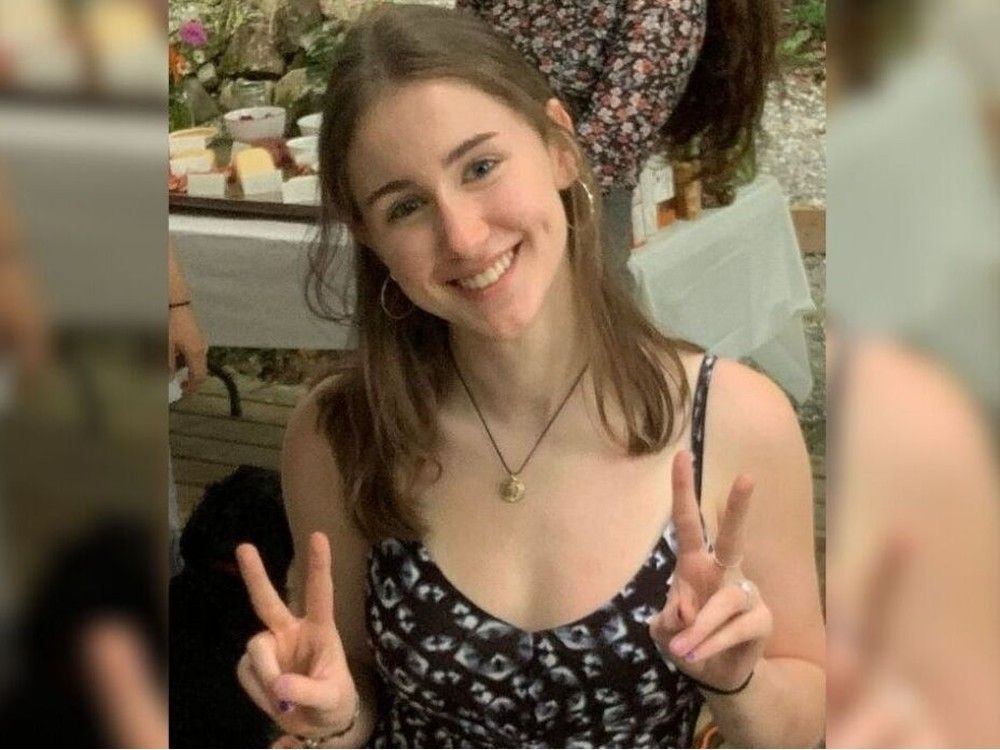
A coroner’s inquest jury has recommended major changes to public systems that will affect all British Columbians, in response to the preventable death of a University of Victoria student.
The jury forewoman paused several times while reading the recommendations Thursday, becoming emotional while speaking about the details of this case in which three 18-year-olds were poisoned by toxic drugs — forever impacting their lives and the many students who witnessed the tragedy.
The nine recommendations include:
Ministry of Education: Secondary schools should provide instruction on how to perform CPR, use AED devices, and administer nasal naloxone, and to be provided knowledge on drugs of high risk.
Post-Secondary Ministry: Create a program involving in-person sessions on drug crisis, using real stories from survivors and family members to make the most impact on students.
University of Victoria: Mandatory student orientation to include how to contact 911 and campus security, how to get naloxone and how to administer it, demonstrations on AEDs, how to find safe drug testing locations, and clarification that they would face no repercussions when reporting drug use.
University of Victoria: Ensure campus security receive the same information provided to students, particularly about the fact that naloxone is benign and will not cause harm to give it to someone — even if they are not overdosing.
Post-Secondary Ministry, B.C. Emergency Health Services: Install unique addresses for each building in multi-building complexes, so they are easy to find in an emergency.
Post-Secondary Ministry: Ensure campus security officers are given time to review first aid skills, and that major emergency events are properly reported and examined.
B.C. Emergency Health Services: Make changes so that 911 call-takers can more easily find the address of emergency calls.
Priority Dispatch, the creators of the computer system used by ambulance call-takers: When a call involves multiple unconscious patients, the system should tell call-takers to dispatch a high-priority ambulance immediately and to ask follow-up questions about possible drug use.
When Sidney McIntyre-Starko, 18, and another student were poisoned by fentanyl in a UVic dorm in January 2024, their friends phoned campus security and 911 for help immediately. But Sidney died of oxygen deprivation after not receiving the overdose-reversing drug naloxone for 13 minutes or CPR for 15 minutes.
The jury heard it took the 911 call-taker seven minutes to dispatch an ambulance, partly because she spent 3 1/2 minutes trying to find the address for the 58-year-old UVic dorm where the overdoses happened.
The emergency response was also delayed because the student who called 911 didn’t explain she and her two friends had taken drugs, and described the two patients as turning blue and “seizing”. That caused the call-taker to enter the seizure protocol on her 911 computer system, which provides a less urgent response than the overdose protocol.
Two UVic campus security officers, who have first aid training, were on scene but appeared to rely on the 911 call-taker’s instructions so didn’t start CPR or administer naloxone immediately.
On Wednesday, before the jury issued their recommendations, Premier David Eby was asked why this case was examined in a coroner’s inquest, when more than 2,000 people were fatally poisoned by toxic drugs in 2024.
He said the inquest was called after he met with Sidney’s mother, who was frustrated by UVic not answering her questions and by the recording of the 911 call, which she played for him.
“I know that UVic has made a number of changes and (has) done their own internal investigation, but there are issues that have come up in terms of the EMS (Emergency Health Services) response during the coroner’s inquest that I’m sure we’ll see being considered by the coroner’s jury,” Eby said.
“We’ll receive recommendations from the coroner’s jury, and we’ll ensure that they’re implemented. It was an important issue in relation to how post-secondary schools deal with this issue of students who may think they’re just having a good time with friends and then suddenly end up an overdose situation, and how we can minimize harm in that very specific environment.”
The jury heard testimony from 34 witnesses over 11 days.
Sidney’s parents launched a media campaign to push for change after her death.
More to come …
With files from Alec Lazenby, Postmedia
You can recap coverage of the inquest here:
• Day 1: UVic student’s mother takes stand on Day 1 of her coroner’s inquest
• Day 2: UVic student contradicts campus security evidence at coroner’s inquest
• Day 3: UVic security officer defends actions on day of student overdose death
• Day 4: We ‘did the best we could’: Second UVic security guard testifies about evening student died
• Day 6: Paramedic suspected fatal UVic call was more serious than 911 report
• Day 8: U.S. doctor tells inquest B.C. 911 operators don’t use best approach to cardiac-arrest calls
• Day 9: After death of UVic student, changes aim to trim delays in getting paramedics to patients
• Day 10: B.C.’s 911 system needs major changes, emergency care expert says
• Day 11: U.S. firm that made B.C. Ambulance’s 911 dispatch system told how to fix it
• Day 12: B.C. coroner’s jury deliberating changes to ambulance, education systems